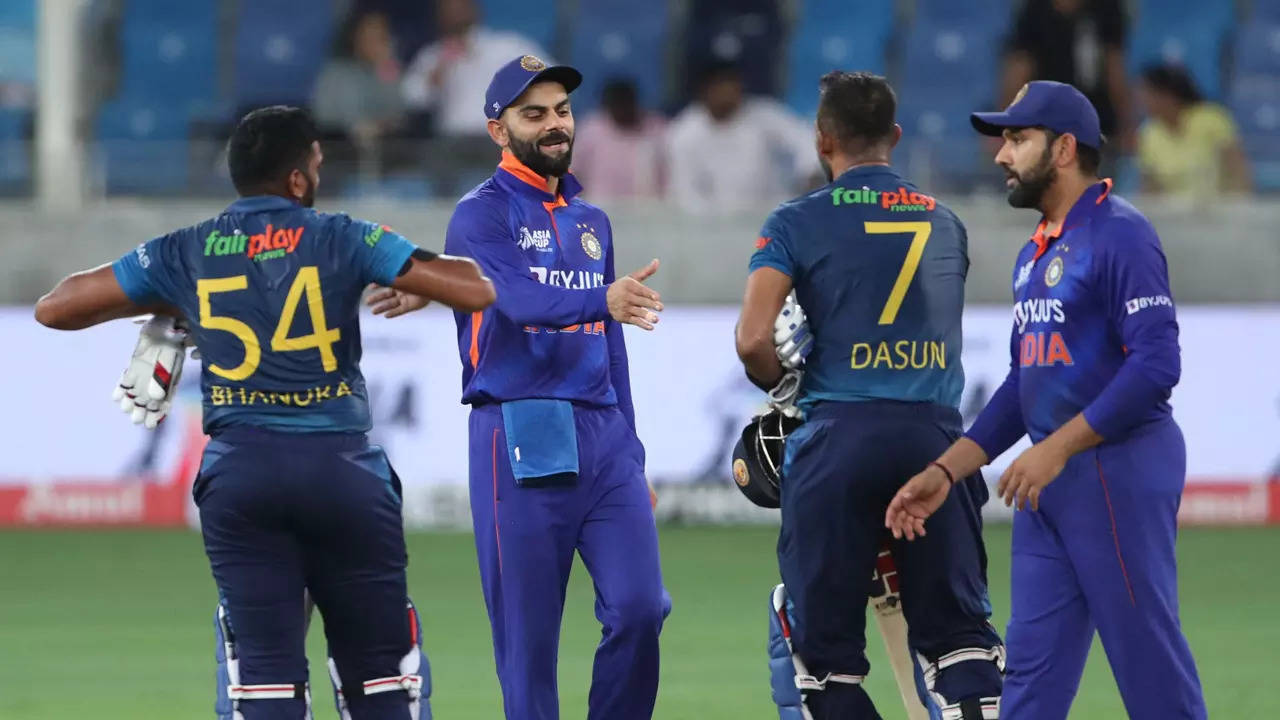
NEW DELHI: A prolonged political and economic crisis at home, a below-par run on the cricket field in the last five-six years and a humiliating eight-wicket defeat against Afghanistan in the tournament opener - Not too many people would have bet on Sri Lanka, going through one of the most torrid times in their history as a nation, emerging as the 2022 Asia Cup champions.
But against all odds, Dasun Shanaka and co. played a very brave brand of T20 cricket to clinch the island nation's 6th Asia Cup title and deliver a sense of joy and relief to a crisis-hit nation.
The loss in their Asia Cup opener was their only defeat in the tournament this time, with the Lankans registering an epic turnaround, winning 5 straight games after the defeat to Afghanistan to go all the way in the 2022 edition of the tournament, which was only the second time that the Asia Cup was played in the T20I format.
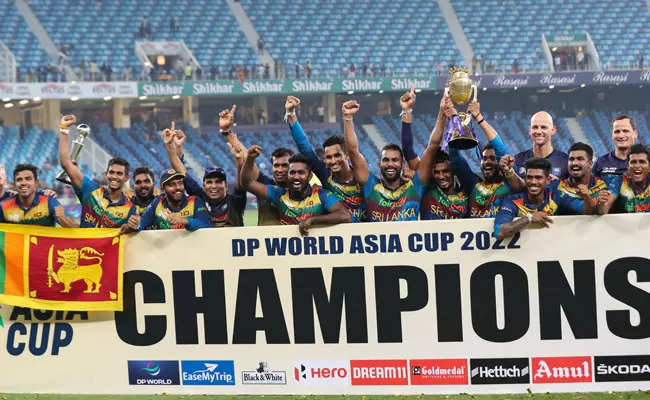
(AFP Photo)
While the Lankans started off as dark horses at best, defending champions India were clear favourites to at least make it to the final. Rohit Sarma and co. however looked out of sorts throughout the tournament and bowed out after losing 2 out of their three matches in the Super 4s stage.
While the Indian team is considered to be one of the best currently in world cricket and are ranked Number 1 in the ICC T20I team rankings, the Sri Lankan team, in the recently concluded Asia Cup, showed that the shortest format of the game is all about coming together and performing as a unit.
TimesofIndia.com here takes a look at three key areas where Sri Lanka were spot on in their execution and Team India were found lacking at the recently concluded Asia Cup.
With the next edition of the T20 World Cup now around the corner, the Indian team will look to quickly learn from their mistakes and take valuable lessons from Sri Lanka's Asia Cup triumph.
Settled Playing XIs
One of the key reasons for Sri Lanka's title triumph in the Asia Cup was their consistency in team selection. Backing the same set of players and maintaining a stable playing XI helped Sri Lanka throughout the tournament. Top-order batter Charith Asalanka and pacers Asitha Fernando and Matheesha Pathirana were the only players who were tried and dropped across the 6 matches they played.
While Asalanka (0,1,8 and 0) was terribly out of form and was replaced, Fernando proved to be expensive and was left out in the latter part of the tournament. Young Pathirana featured in only one match for Sri Lanka. Barring the trio, Sri Lanka, in each of their games, stuck to a settled playing XI and backed them to perform.
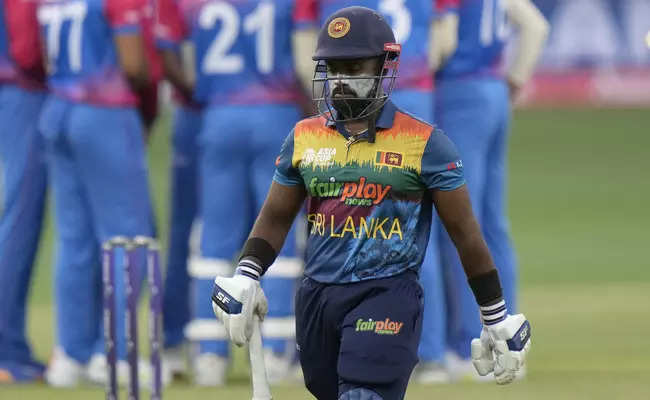
Charith Asalanka (AP Photo)
The Indian team management on the other hand seemed to have too much on their minds and never really looked like a settled unit through the tournament. A pacer short even before the start of the tournament, skipper Rohit Sharma and the team management made changes in almost every match.
From being unable to decide between Rishabh Pant (played 4 out of 5 matches) and Dinesh Karthik (played 3 out of 5 matches) to looking for a way to tackle the problem of the third pacer, to juggling between R Ashwin (played 2 out of 5 matches) and Ravi Bishnoi (played 1 out of 5 matches), India seemed to be experimenting a fair bit with one eye on the T20 World Cup.
Injury to star all-rounder Ravindra Jadeja (played 2 out of 5 matches) and rookie Deepak Hooda (played 3 out of 5 matches) failing to step up to the plate and really deliver on the big stage also added to India's woes at the tournament.
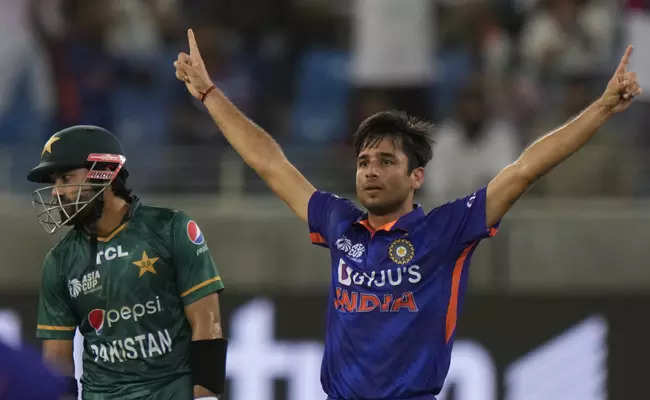
Avesh Khan, who was expensive in the 2 games he played was first excluded and then sidelined due to illness and Deepak Chahar, who for some strange reason was in the stand-by list for the tournament, despite being back to full fitness, was eventually roped in for the final Super Four match. Though T20 is the most fluid form of the sport, constant chopping and changing never really helped any team in any format. And this time at the Asia Cup, in a tournament India were tagged as favourites to win, that was on full display.
With the squad for the T20 World Cup having now been announced, skipper Rohit in the next two T20I series against Australia and South Africa, prior to the marquee event, will have to focus on fielding a consistent team. With Sri Lanka setting a perfect example of how a steady unit can deliver, India will have to prioritize and back the players that are most likely to be first choice players in the T20 World Cup playing XIs.
Power hitting
Sri Lanka openers Pathum Nissanka and Kusal Mendis were able to lay a strong platform in most of the games for their team during the tournament. That was followed up by some superb death-overs hitting from the likes of Bhanuka Rajapaksa, Dasun Shanaka and Wanindu Hasaranga.
While Nissanka and Mendis finished with 173 and 155 runs respectively, the likes of Rajapaksa (191 runs at a strike rate - 149.21), Hasaranga (SR - 149.21) and Shanaka (SR - 138.75) succeeded in providing the final flourish for the Lankans. Overall, Sri Lanka was a team that always looked like they had someone who could bail them out of trouble, like in the final vs Pakistan, when they were down to 58/5 and Bhanuka Rajapaksa and Wanindu Hasaranga put on a fifty plus stand to eventually take them to a more than fighting total of 170/6.
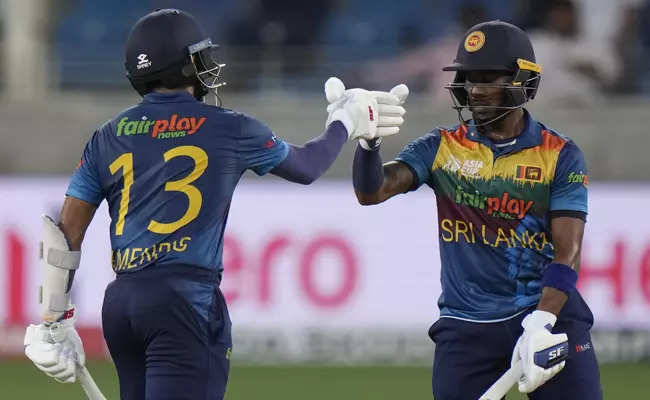
Pathum Nissanka, right, and Kusal Mendis. (AP Photo)
For India, Rohit at the top featured in 4 matches and accumulated 133 runs. The other opener KL Rahul, who has a reputation of decimating the opposition bowlers, managed 132 runs in 5 matches at a strike rate of 122.22.
Swashbuckler all-rounder Hardik Pandya was among the big guns who didn't really fire for India with the bat during the Asia Cup. In the 3 matches that Hardik batted in, he only got 50 runs. The designated finisher Dinesh Karthik meanwhile never got a decent window to bat in in the three matches that he featured in.
Rishabh Pant got 4 innings to bat in, but looked completely out of color, scoring just 51 runs at a strike rate of 124.39. Deepak Hooda too crumbled under pressure on the big stage, scoring 19 runs in the limited opportunities he got in 3 matches.
The only positive for India that came from the Asia Cup in the batting department was Virat Kohli finding his lost mojo. Kohli finished as the second highest run-getter in the tournament (276 runs in 5 matches at a strike rate of 147.59). He also scored his first international century in almost three years (since November 2019) and surprised everyone including himself that it was scored in the shortest format of the game.
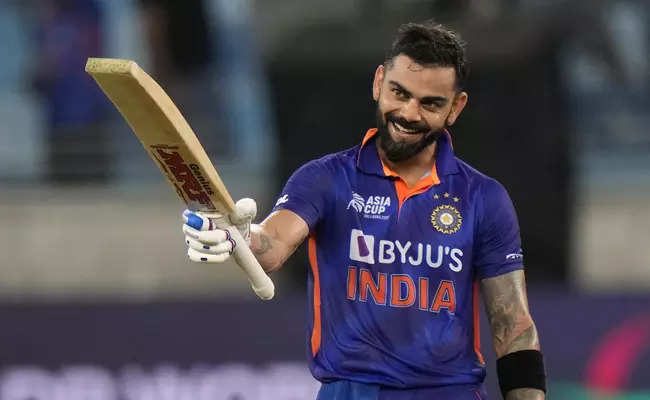
While the in-form Kohli mostly ensured that India were solid at the start and in the middle overs, the big hitters coming in later failed to finish off the innings with big runs.
For India to be a success at the World Cup, the likes of Rohit, Rahul and Hardik will have to step up in a big way. Be it in the Powerplay overs or at the death, India's power-hitters were sort of exposed in the Asia Cup while Sri Lanka's big hitters flourished. Focusing on timing the ball rather than just trying to slog was a big difference between the batters of the two teams.
Pinch-hitting remains a problem area for Team India.
With 2 T20I series lined up before the T20 World Cup, India will have to take a look at their scoring strategies at the start and at the end of innings and come up with some intelligent answers.
Precise bowling strategies and bowlers who consistently delivered
India went into the Asia Cup with Bhuvneshwar Kumar, Arshdeep Singh and Avesh Khan in the pace department. While cricket pundits were of the opinion that India were a pacer short, Avesh's below-par performances in the first two games increased the headaches for the team. After that, his illness ruled the pacer out and India were forced to bowl all-rounder Hardik Pandya his full quota of overs. Hardik has been bowling full tilt of late, but he wasn't very effective in getting the big breakthroughs as such. He took 4 wickets in 12 overs across 3 games. Three of those wickets were taken in one match (3/25 vs Pakistan in the game India won by 5 wickets).

Along with the above, injury to all-rounder Ravindra Jadeja rattled the team and there were clearly issues in getting the team combination right.
For Sri Lanka, it looked like they were clear from the start that spinners Wanindu Hasaranga (9 wickets) and Maheesh Theekshana (6 wickets) will be their main bowlers and the pacers will bowl around them.
And the Lankan pacers did deliver. The likes of Chamika Karunaratne and Dilshan Madushanka shared 13 wickets between them.

Wanindu Hasaranga (Getty Images)
An inexperienced pace bowling attack (barring Bhuvneshwar) coupled with injuries, limited choices and an out of form bowler (Avesh) meant that India skipper Rohit was restricted in terms of the options he had. Add to that the fact that experienced campaigners like R Ashwin and Yuzvendra Chahal shared only 6 wickets between them in the tournament, failing to deliver as expected.
With pace spearhead Jasprit Bumrah and death-overs specialist Harshal Patel now back in the squad for the T20 World Cup and the two series prior to it, Rohit's worries will automatically ease a bit and he will be hoping that his premier pacers find their rhythm as soon as possible.







